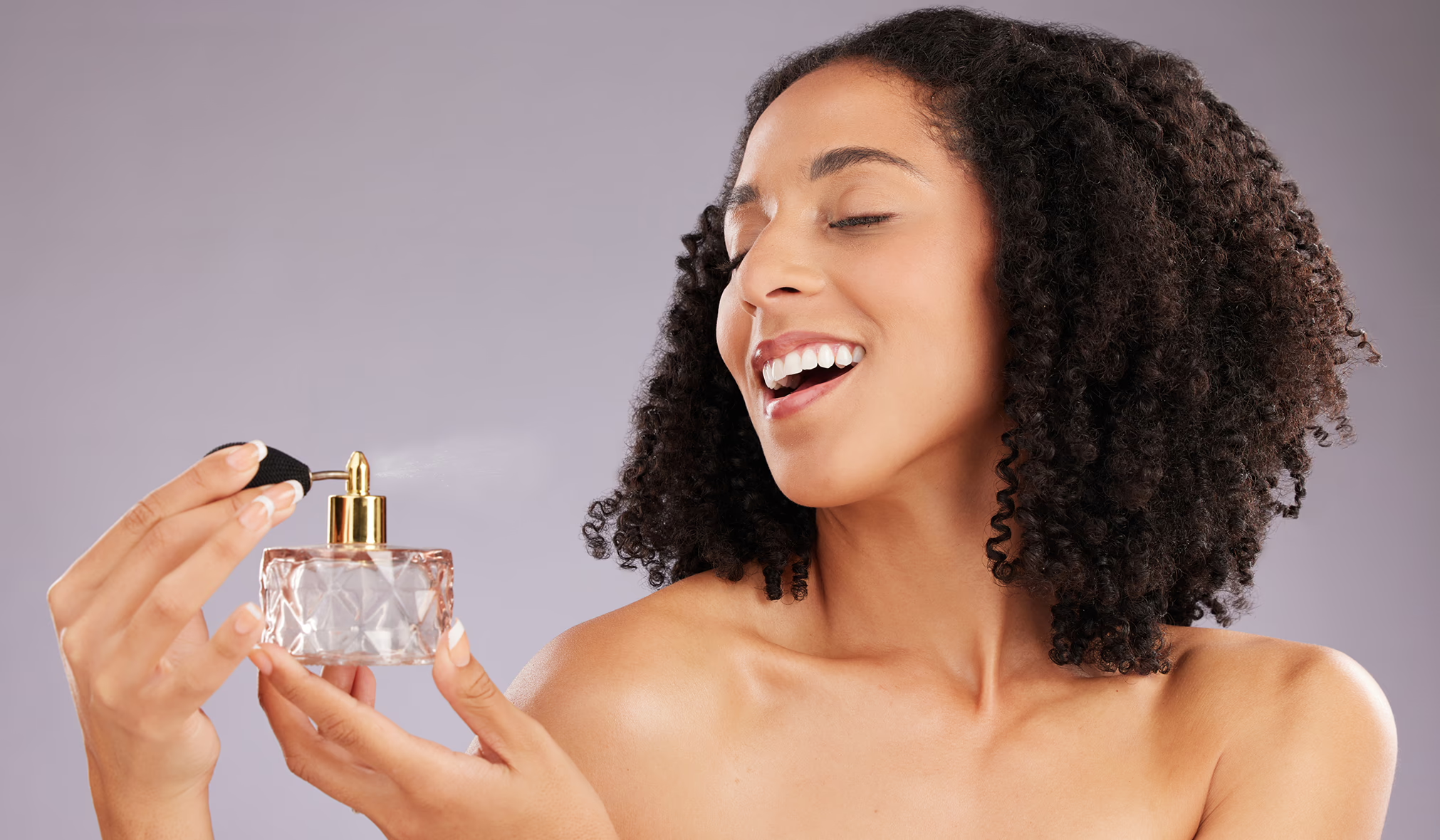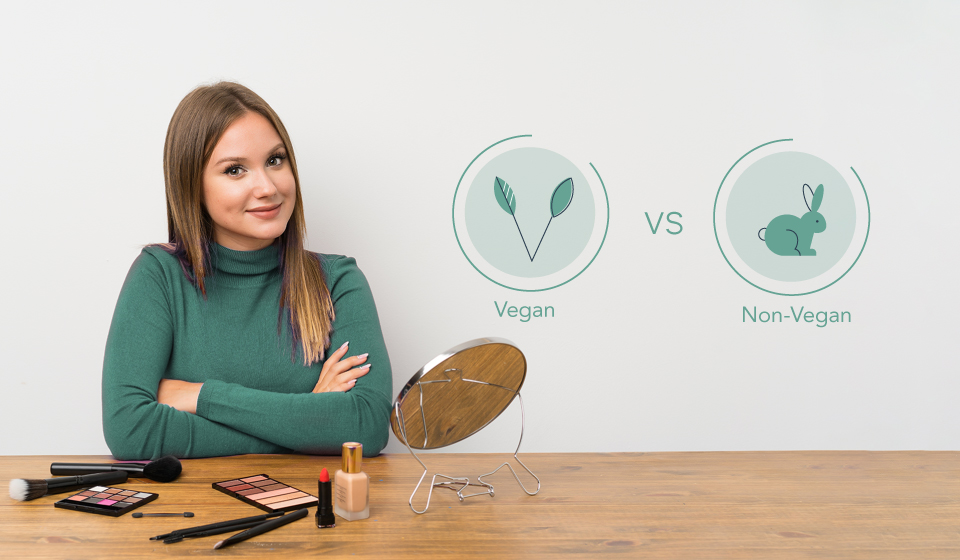Ever tried a perfume your friend swears by, only to realize it smells completely different on you? That’s not your imagination. It’s chemistry. Perfume reacts to your unique skin composition, temperature, and oil balance.
Table Of Content
- The Science Behind Skin Chemistry and Fragrance
- The Invisible Chemistry Beneath Your Skin
- Understanding pH Balance and Scent Evolution
- Temperature and Fragrance Volatility
- The Role of Natural Oils in Fragrance Retention
- How Different Skin Types Change Perfume Performance
- Oily Skin: The Natural Amplifier
- Dry Skin: The Fading Canvas
- Combination Skin: The Balancing Act
- Normal Skin: The Fragrance Neutral
- Environmental and Lifestyle Factors
- Product Interactions and Fragrance Layering
- How to Choose the Right Perfume for Your Skin Type
- Test on Skin, Not Paper
- Match Fragrance Families to Skin Types
- Prep Skin for Better Performance
- Practice Smart Layering
- Adapt Perfume to Climate and Occasion
- Let Your Personality Lead
- Conclusion
Understanding how perfume smells different on skin types can help you choose scents that last longer and truly feel like you. Let’s break down what’s happening beneath the surface and how to make fragrance work in your favor.
The Science Behind Skin Chemistry and Fragrance
Fragrance isn’t just art. It’s science meeting biology. Every perfume interacts differently depending on your body’s oils, acidity, and heat. Once it touches your skin, it becomes part of your chemistry.
That’s where the mystery begins.
The Invisible Chemistry Beneath Your Skin
Your skin is alive with oils, moisture, and microscopic bacteria that together shape skin chemistry and fragrance. When perfume hits this mix, molecules react differently for each person. That’s why the same scent can smell fresh and floral on one person but warm and musky on another.
Understanding pH Balance and Scent Evolution
Your skin’s acidity affects how perfume develops. Slightly acidic skin can sharpen citrus and green notes, while more alkaline skin softens sweet or powdery ones.
Maintaining balanced pH levels is important, as explained by Healthline’s guide to skin pH. This helps perfume stay true to its design and enhances perfume longevity and skin type performance.
Temperature and Fragrance Volatility
Body heat plays a major role in how perfume unfolds. Warmer skin helps top notes bloom faster, while cooler skin slows diffusion. That’s why your scent feels stronger in summer and subtler in winter. It’s not the perfume changing, it’s your temperature.
The Role of Natural Oils in Fragrance Retention
Oily skin traps perfume molecules longer, allowing scent to linger. Dry skin lets them evaporate faster. Think of your skin’s oil as the “glue” that holds fragrance together. A light moisturizer before application helps balance absorption and projection.
How Different Skin Types Change Perfume Performance
Your skin type decides how perfume behaves. Each surface, oily, dry, combination, or normal, creates a different scent experience. Knowing your type helps you pick perfumes that complement it rather than clash.
Oily Skin: The Natural Amplifier
Oily skin intensifies scent. Oils hold perfume molecules tight, making them last longer and project further. This boosts brightness but can exaggerate sweetness. Fresh or citrusy perfumes balance the richness of fragrance on oily vs dry skin, keeping it crisp and clean.
Dry Skin: The Fading Canvas
Dry skin struggles to hold scent because it lacks natural oils. Perfume tends to disappear quickly or feel muted. Choose woody or oriental perfumes rich in base notes like sandalwood and vanilla. Always moisturize first to lock in fragrance and improve its staying power.
Combination Skin: The Balancing Act
Combination skin has both oily and dry zones, which can make perfume smell inconsistent. Apply perfume on pulse points and well-hydrated areas. Strategic layering and moisture help even out your scent, creating a personalized fragrance experience that feels balanced and consistent.
Normal Skin: The Fragrance Neutral
Normal skin offers the perfect middle ground. It doesn’t distort top notes or mute the base. Most perfumes stay faithful to their formula here, which makes this skin type ideal for trying new or complex blends of perfume for different skin types.
Environmental and Lifestyle Factors
Your diet, stress, and climate can shift how perfume behaves. Spicy foods, hormonal changes, or even dehydration can alter your natural scent. Cold air helps perfume last longer, while humidity makes it stronger. Perfume isn’t static; it evolves with you.
Product Interactions and Fragrance Layering
Body lotions, soaps, and detergents can alter perfume composition. Unscented moisturizers prevent interference, while fragrance layering tips like pairing matching body oils and sprays enhance depth and longevity. The result is a scent that feels richer and lasts all day.
When choosing moisturizers or oils for layering, opt for clean, plant-based formulas. You can explore our Top Vegan Beauty Products That Work for Skin and Hairfor sustainable options.
How to Choose the Right Perfume for Your Skin Type
Finding your ideal scent is part science, part instinct. Testing perfume directly on your skin is the only real way to know how it will wear throughout the day.
Test on Skin, Not Paper
Paper strips can’t replicate your body’s warmth or chemistry. Always apply perfume to your wrist or inner elbow and wait at least 30 minutes. That’s when your true scent chemistry reveals itself.
Match Fragrance Families to Skin Types
- Oily skin: light, citrus, aquatic scents
- Dry skin: deep, woody, oriental tones
- Normal skin: floral or amber notes
- Combination skin: balanced or layered fragrances
Understanding this balance helps you create harmony between scent and skin.
Prep Skin for Better Performance
Moisturized skin holds perfume better. Use an unscented lotion before spraying. Focus on pulse points, the wrists, neck, and behind the knees, where warmth helps diffusion.
Exfoliating regularly helps perfume last longer because smooth skin absorbs fragrance more evenly. For gentle options, check out our 5 Best Body Scrubs for Strawberry Skin
Practice Smart Layering
Using products from the same scent family adds depth. Oils, lotions, and sprays work together to extend your perfume’s life. This method strengthens both projection and perfume longevity and skin type balance across the day.
Adapt Perfume to Climate and Occasion
Lighter, citrus-based perfumes are perfect for warm days. Deeper, woodsy notes fit cool weather. Adjust your perfume’s strength and ingredients to the setting, not just your outfit.
Let Your Personality Lead
A scent should match your energy. Bold and adventurous? Try oud or spice-based blends. Prefer subtle and fresh? Florals or green scents may fit. The best perfume doesn’t mask you, it amplifies you.
Conclusion
No two people smell perfume the same way. Your skin type, body chemistry, and environment shape every drop. Understanding how perfume smells different on skin types helps you find scents that enhance your individuality.
So, test. Moisturize. Layer. Learn what your skin loves, and let your signature scent tell your story.





